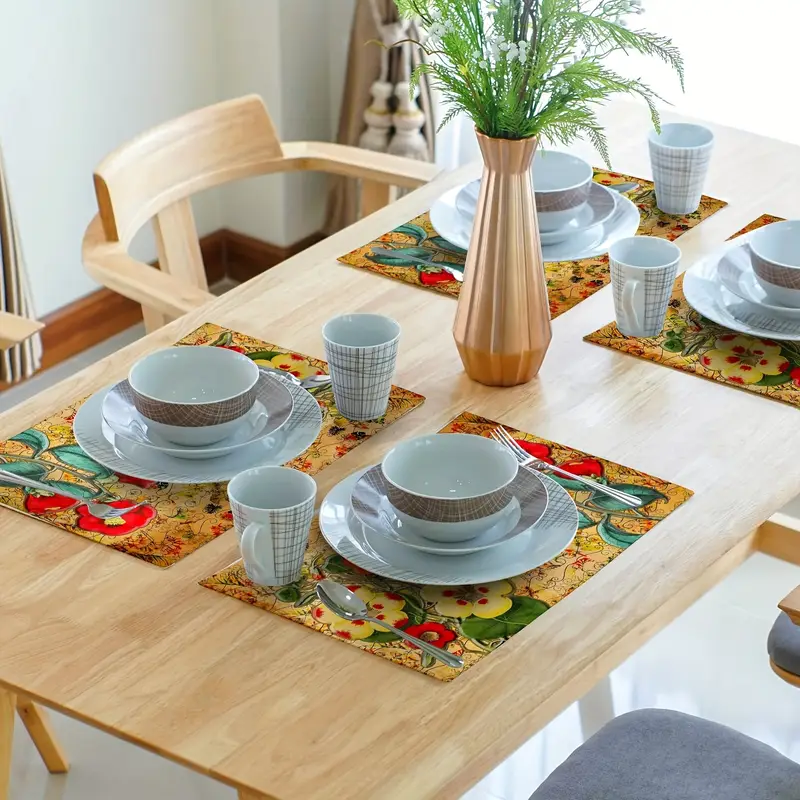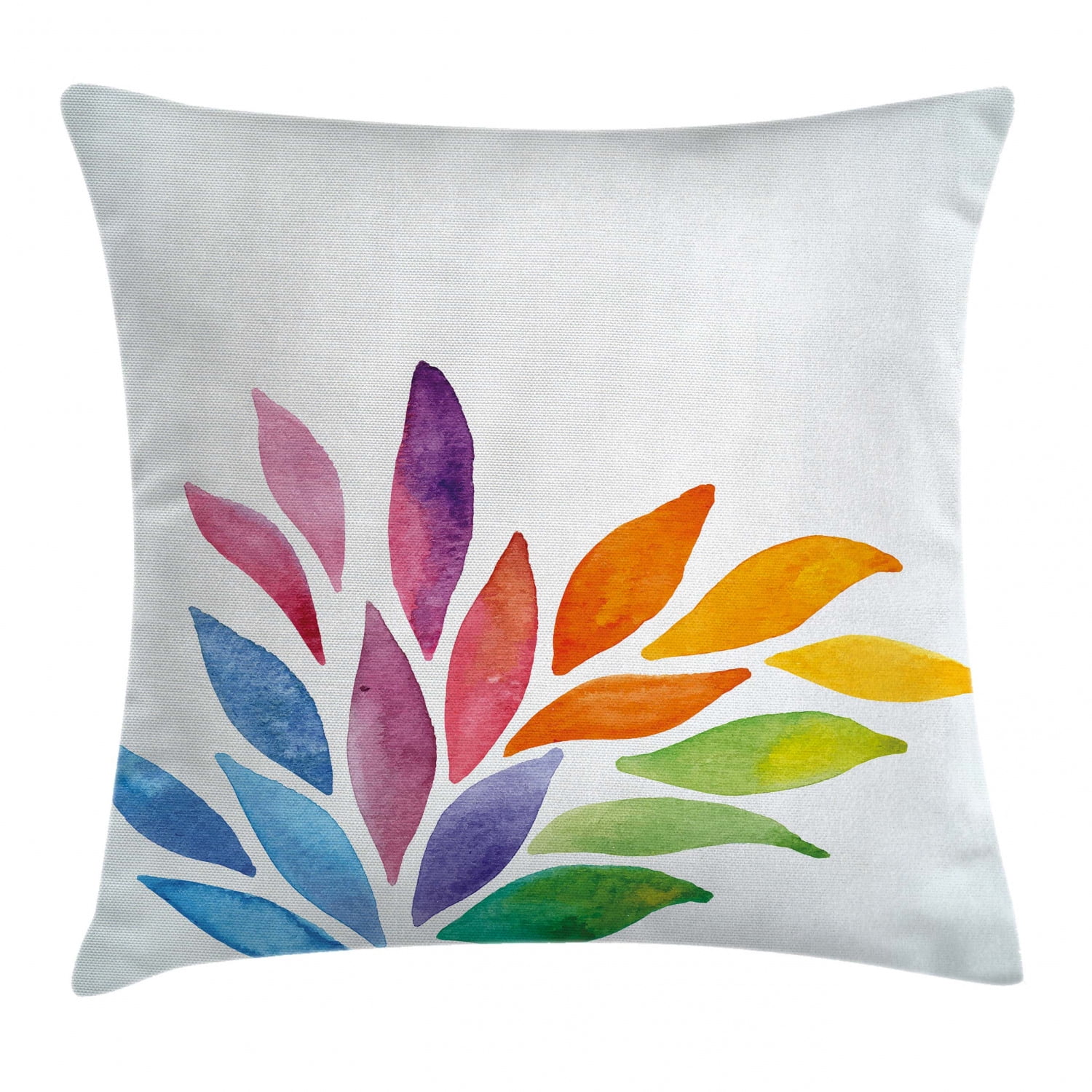What Does Unique Art Do?
Wiki Article
Unique Art - Questions
Table of ContentsUnique Art for DummiesThe Only Guide to Unique ArtUnique Art Fundamentals ExplainedThe 3-Minute Rule for Unique Art
While one may question which art type holds priority, the fact remains that each of these 7 types provides a special window right into human background, society, and advancement. They are the tapestries that chronicle our trip, reminding us of our past while inspiring visions for the future.Terrific art work informs a tale, makes individuals look two times, and produces an unique experience that can't be matched. Art and pictures communicate all of that with color, form and other layout aspects. Learn how to make your special art work stand apart from the crowd.
3 Emil DervishIn this entranceway by Emil Dervish that beautiful cobalt blue door swipes the show. To bring much more drama, he extended the paint. to the doorframe and the wall surface up, ending up in an arched form. The contours, along with a round sconce, soften the edges - Unique Art. Then frameworks classic posters and maps of beloved places set the scene.
8 TRIA GIOVANEqual components grand and laidback, this foyer made by Anthony Baratta is the perfect blueprint to comply with if you're embellishing a formal entrance that still feels unfussy and comfy. Formed textiles take spotlight (see the rugs and the couch), but they also assist bring the high ceilings to a human range when hung over wallpaper.
The Ultimate Guide To Unique Art
18 Heidi Caillier DesignA gallery wall does not require to occupy the entire space. As a matter of fact, often a small one can make a larger design statement. In this living space, Hiedi Caillier opted for micro-mini frames and an arbitrary structure. Promotion - Continue Reading Below19 Stephen Kent JohnsonDesigner Juan Carretero selected a deep environment-friendly paint color to comparison with the light timber coatings., the expression of concepts and feelings, with the creation of particular visual qualities, in a two-dimensional aesthetic language. The components of this languageits shapes, lines, colours, tones, and texturesare made use of in numerous ways to generate feelings of volume, space, motion, and light on a flat surface area. These components are incorporated into expressive patterns in order to represent real or supernatural sensations, to analyze a narrative motif, or to develop entirely abstract aesthetic connections.
Later on the concept of the "great artist" created in Asia and Renaissance Europe. Famous painters were afforded the social condition of scholars and courtiers; they authorized their job, determined its layout and typically its subject and imagery, and established a much more personalif not constantly amicablerelationship with their clients. During the 19th century painters in Western cultures started to lose their social setting and secure patronage.
About Unique Art
Others gained an income with touring exhibits of their job. The demand to appeal to an industry had changed the comparable (if less impersonal) needs of patronage, and its result on the art itself was possibly comparable. navigate to these guys Typically, artists in the 20th century could get to a target market only with business galleries and public museums, although their work might have been sometimes reproduced in art periodicalsFor the history of painting in old Egypt, see Egyptian art and style. The development of paint in various regions is treated in a number of write-ups: Western painting; African art; Main Asian arts; Chinese painting; Islamic arts; Japanese art; Oriental art; Native American art; Nautical art and design; South Oriental arts; Southeast Asian arts. It is the feeling of certainty in this official company that offers a wonderful paint its self-sufficiency and visibility. The colours and positioning of the major images in a design might be sometimes mainly decided by representational and symbolic factors to consider. Yet it is the formal interaction of colours and forms that alone is qualified of interacting a specific mood, producing optical feelings of space, quantity, movement, and light and developing pressures of both harmony and tension, also when a painting's narrative symbolism is unknown.
Don't replicate the design of other artists if you're looking for your style. Copying other individuals's artwork can be terrific in educational functions but it will not make you closer to finding your own one-of-a-kind style. Your imaginative design has to be, what you such as and what motivates you.

The Basic Principles Of Unique Art
You require to attempt lots of various alternatives and check out whatever before you can concentrate on one certain design or you'll be burnt out, or worse, you'll hate your own style. I suggest you to attempt every solitary subject that you're interested in, discover as much as you can. Try different tools that thrill you and new methods you've never ever tried prior to.With time you'll be able to arrange all of them right into your favored and least favorite categories. Attempt to focus your interest on the subjects and mediums that you like and before you see it coming you'll have your very own personal and distinct style, like nobody else have! So in the end you'll have a few favored based on repaint and maybe a couple of favored tools.

Report this wiki page